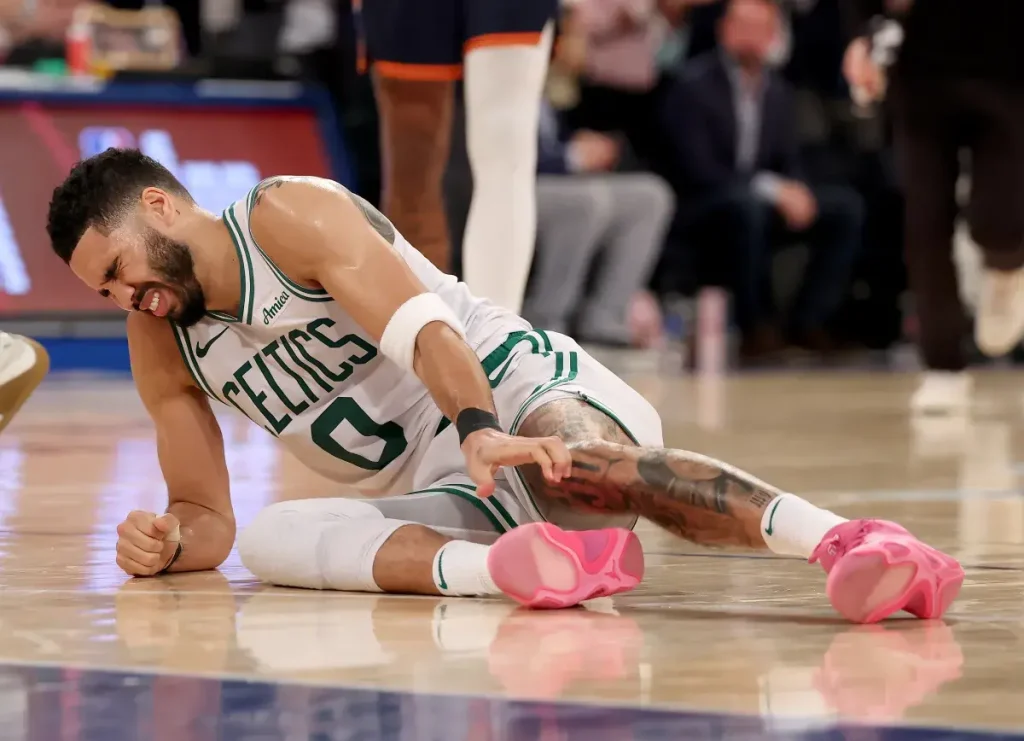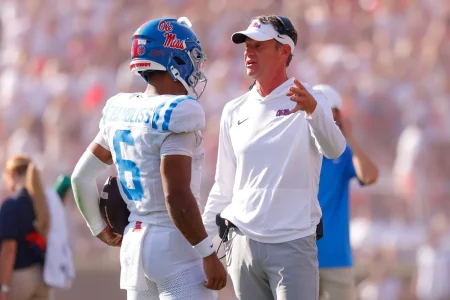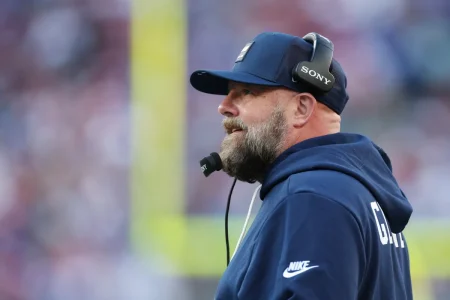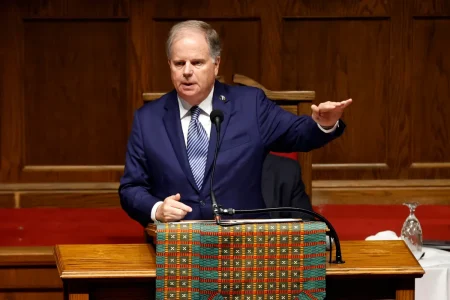Jayson Tatum’s Remarkable Recovery Journey: Defying the Odds After Achilles Tear
In the world of professional sports, few injuries strike more fear into athletes than an Achilles tear. When Boston Celtics superstar Jayson Tatum suffered this devastating injury during last year’s playoff elimination against the New York Knicks, fans and analysts alike assumed his 2025-26 season was essentially over before it began. The conventional wisdom suggested a recovery timeline of 6-12 months—meaning the 27-year-old cornerstone of the defending NBA champions might miss an entire season in his prime. Yet in a development that has shocked the basketball world, Tatum has already returned to the court in a limited capacity just four months after surgery, potentially rewriting the recovery timeline for one of sports’ most notorious injuries.
The news of Tatum’s accelerated progress first gained traction when respected NBA insider Jake Fischer of Bleacher Report shared that there was “definitely buzz that Tatum could potentially be back sometime in March.” This would represent an almost unprecedented recovery timeline, allowing him to potentially rejoin the Celtics before the playoffs begin. Fischer suggested that advances in surgical techniques and rehabilitation protocols might be contributing factors, noting that “they probably made vast improvements in surgery and recovery.” For a franchise still reeling from the disappointment of their second-round playoff exit after winning the 2024 championship, this unexpected timeline has injected new hope into Boston’s title aspirations for the current campaign.
Tatum himself has been careful not to overpromise while still maintaining optimism about his return. “First thing, I haven’t said I’m not playing this season,” he clarified during an appearance on ESPN’s First Take. “The most important thing is a full recovery. And I’m not rushing it… at all.” However, his actions speak volumes about his determination, as he added, “But also, I don’t go to rehab six days a week for nothing.” This balanced approach—commitment to the grueling rehabilitation process without setting unrealistic expectations—reveals the maturity Tatum has developed since entering the league as the third overall pick out of Duke in 2017. His disciplined recovery regimen demonstrates the same dedication that has elevated him to NBA superstardom.
Since being drafted, Tatum has transformed himself from promising rookie to franchise cornerstone, culminating in Boston’s 2024 NBA Championship that ended years of playoff frustration. Before his injury, he was performing at an elite level, averaging 26.8 points, 8.7 rebounds, and 6.0 assists per game—numbers that place him squarely in the conversation for the league’s most complete offensive talents. His evolution as both a scorer and playmaker has mirrored the Celtics’ rise to championship status, making his potential return this season all the more significant for a Boston team hoping to defend its title. The combination of his youth—still just 27 years old—and the advances in medical treatment for Achilles injuries may explain why his recovery appears to be progressing faster than similar injuries to NBA stars of previous generations.
The mental aspect of recovering from such a serious injury cannot be overlooked. Athletes often describe the psychological hurdles of rehabilitation as being equally challenging as the physical ones—trusting the repaired tendon to withstand explosive movements, overcoming the fear of re-injury, and maintaining motivation through months of monotonous exercises. Tatum isn’t alone in this journey; fellow NBA stars Damian Lillard and Tyrese Haliburton also suffered torn Achilles tendons during last year’s playoffs, creating an unfortunate fraternity of elite players working through the same recovery process simultaneously. This shared experience might provide additional motivation and perspective as Tatum navigates his return to play.
If Tatum does indeed return in March as reports suggest, it would represent not just a personal triumph but potentially a shifting paradigm in how we understand recovery from one of basketball’s most feared injuries. Modern medicine continues to advance, with improvements in surgical techniques, rehabilitation protocols, and performance monitoring all contributing to faster recovery times for elite athletes. While caution remains essential—rushing back too soon could risk re-injury or compromised performance—Tatum’s progress offers hope to athletes facing similar injuries. For Celtics fans, the possibility of seeing their franchise player back on the court this season has transformed what initially seemed like a lost campaign into one where championship aspirations remain alive. In the meantime, Tatum continues his diligent six-day-a-week rehabilitation routine, working toward the moment when he can once again don the iconic green and white uniform and help Boston defend its title.















